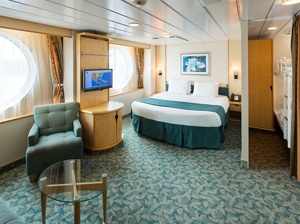From Summer 2026, go even bolder in Europe on the newly Amplified Liberty of the Seas® after a makeover for the ages, bringing all-new adventures to a fleet favourite ship. Dial thrills all the way up, conquering a new Royal Escape Room and twisting, turning dares on The Perfect Storm waterslides — including the first boomerang slide at sea. Charge up your chill with private new casitas complete with attendant service and cocktails from The Lime and Coconut® at the totally-revamped pool deck. Fill up on fresh faves at 15 crave- worthy restaurants like the new El Loco Fresh® and Izumi Teppanyaki. And hit a bolder jackpot at the expanded casino, loaded with even more slots and table games. Take your holiday to the next level on the newly Amplified Liberty of the Seas®, sailing from Southampton summer 2026.
Cruise ID: 32951
The automatic service gratuity of $18.00 USD per person, per day for guests in non-suites staterooms and Junior Suite, or $20.50 USD per person, per day for guests in Suites, will be applied to each guest's SeaPass account on a daily basis. The gratuity applies to individual guests of all ages and stateroom categories. As a way to reward our crew members for their outstanding service, gratuities are shared among dining, bar & culinary services staff, stateroom attendants and other hotel services teams who work behind the scenes to enhance the cruise experience.
In the unlikely event that a guest onboard being charged the daily automatic gratuity does not receive satisfactory service, the guest may request to modify the daily amount at their discretion by visiting Guest Services onboard and will be able to do so until the morning of their departure. Guests who have pre-paid their gratuity will not see a daily charge during their cruise.
The automatic daily gratuity is based on customary industry standards. Applying this charge automatically helps streamline the recognition process for the crew members who work to enhance your cruise. We hope you find the gratuity to be an accurate reflection of your satisfaction and thank you for your generous recognition of our staff.
A 18% gratuity is automatically added to all beverages and mini bar items.
A 20% gratuity is automatically added to all spa & salon purchases.
Guests can pre-pay gratuities by calling (UK) 0344 493 4005 / (Ireland) 1800 555 604 or logging into www.royalcaribbean.co.uk before* their sailing. For guests booked through travel advisors, their advisor may add pre-paid gratuities to the guests' booking prior to sailing*. If gratuities are not prepaid prior to sailing, they will be automatically added to the guests' folios once onboard.
Guests who choose ‘My Time Dining' on all European sailings will have gratuities automatically added to their bill, as they may be served by different members of the team each night. This means tips for your waiting staff – as well as other dining and housekeeping staff – will be included in the quoted price for ‘My Time Dining' on your cruise holiday
Guests who choose our open dining option may opt-in to pre-paid gratuities for dining, or add them to their account at check-out.
*Pre-paid gratuities can be added to an individual reservation at any time outside of 48 hours of the sail date.



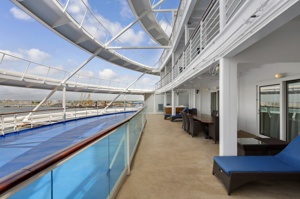
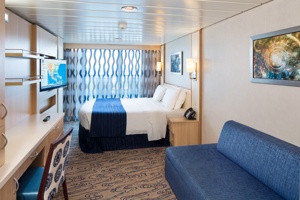
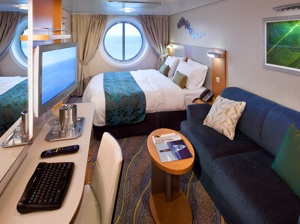
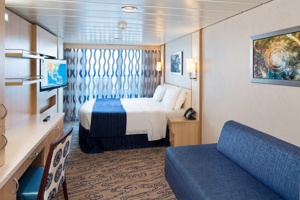
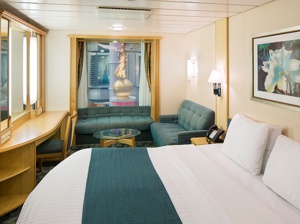
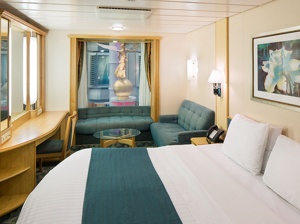
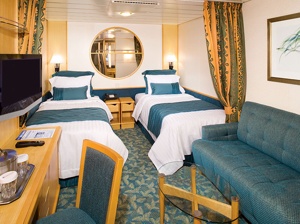
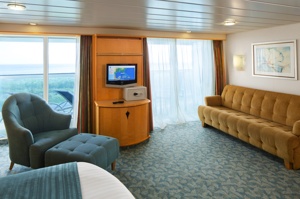
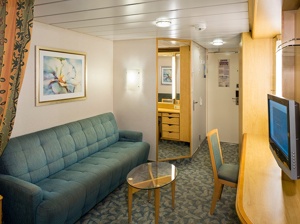
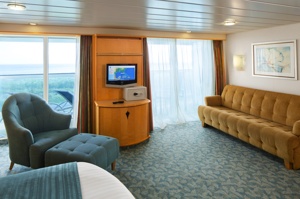
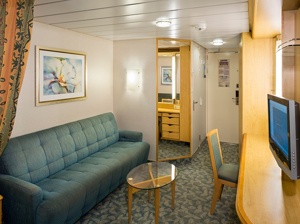
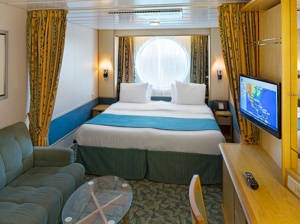
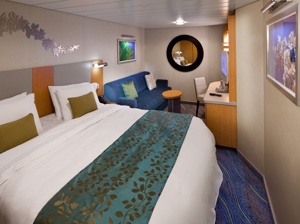
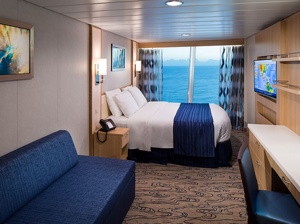
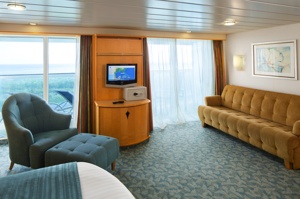
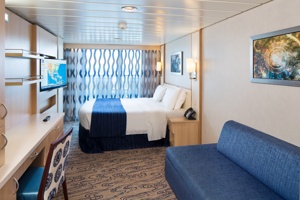

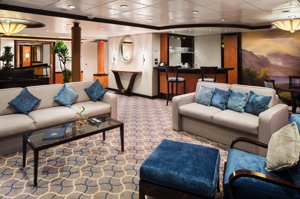
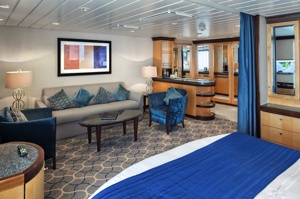
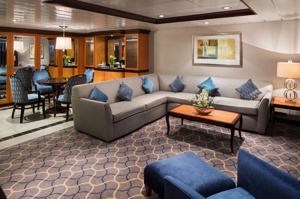
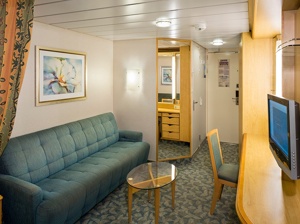
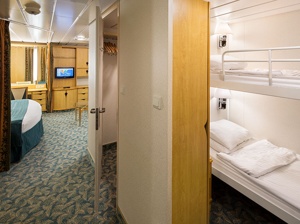

.jpg)
